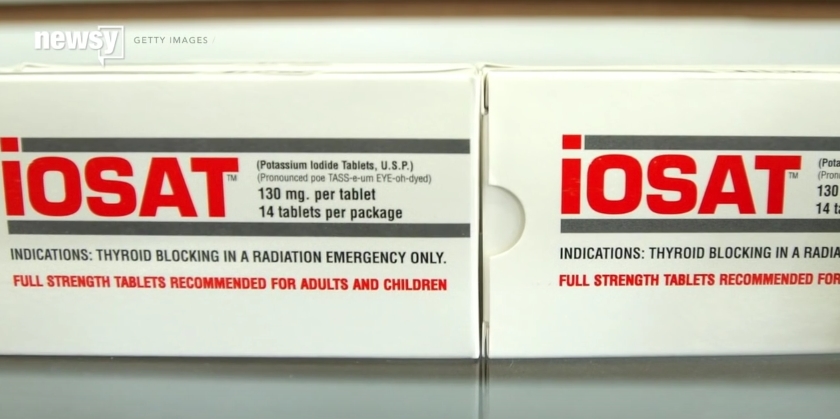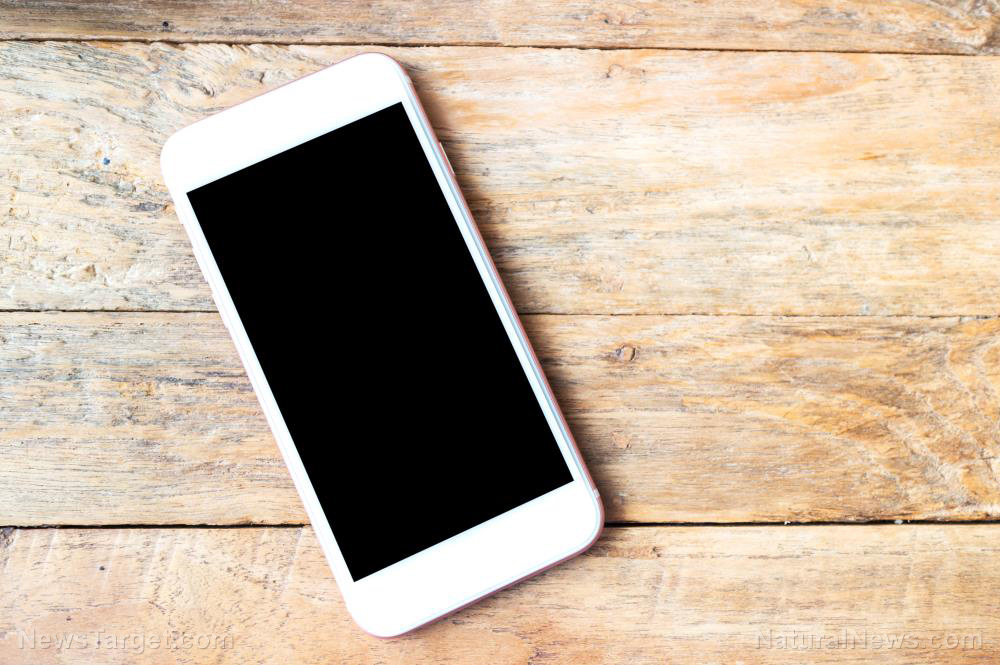Stopping 5G rollout will protect the public from harmful radiation that can cause CANCER and DNA DAMAGE
10/26/2020 / By Cassie B.

Earlier this month, much of the focus during the unveiling of Apple’s new iPhone 12 was on its 5G capability. Promising dizzying speeds and higher-quality streaming, they assured the public that 5G is the way of the future. Wireless carriers wasted no time getting in on the act, offering incredible promotions on the handsets in hopes of attracting new subscribers. Some analysts are expecting to see sales of as many as 73 million iPhones during the December quarter.
And while all these people may be happy to shell out the cash for the latest must-have phone and cell service contracts, they could also be paying for all this speed and connectivity with their health. Naturally, Apple didn’t mention in their presentation the drawbacks of 5G.
The fifth-generation cellular wireless technology is dangerous in ways we can’t even begin to quantify yet because the simple truth is that there have been no long-term studies on it. That may be understandable considering how new the technology is, but perhaps even more alarmingly, there aren’t really any short-term studies on it, either. In a U.S. Senate hearing that took place in February 2019, the wireless industry was forced to admit that they did not have any safety studies on their precious 5G technology, nor did they plan to carry any out.
Of course, we do have studies illustrating the dangers of 4G and its predecessors, and they’re very concerning. And with 5G being so much stronger than 4G, it stands to reason that the world could be in for a serious health crisis in short order.
Just ask Scientific American. The country’s oldest magazine, it is often upheld as a credible and pro-science publication that is esteemed by modern fact checkers. The magazine published an article by public health researcher Joel M. Moskowitz exposing the dangers of 5G and the problems with the FCC’s severely outdated safety standards that fail to consider the growing pile of evidence pointing to significant harm.
If the problems with 5G were just a magnification of those with 4G, it would be bad enough. But 5G also comes with some new dangers. It introduces millimeter waves, which are absorbed by the skin and eyes and can affect the immune, nervous and cardiovascular systems. Long-term exposure has been linked to sterility and a greater risk of melanoma and ocular melanoma.
Moreover, its limited reach means cell antennas will be placed roughly every 100 to 200 meters, so these “small” cell towers will be placed on ever block, emitting radiation at levels we already know can cause DNA damage and cancer. And while it’s putting all of us at risk, the dangers are particularly great for children, whose developing systems are highly vulnerable.
EMF experts expose 5G health dangers
In the International EMF Scientist Appeal, experts in the field voiced serious concerns about EMF from electric and wireless devices, including 5G, identifying risks such as cancer, genetic damage, neurological disorders and reproductive system changes. In fact, these problems can occur at levels that are well below the official guidelines in most areas. Some researchers believe that the human body’s surface draws 5G radiation in like an antenna.
Sadly, all of the dangers of 4G and 3G could well be amplified by 5G, which also brings in problems of its own. Is downloading a full-length film in high definition in just seconds on your overpriced new phone really worth putting yourself at risk of all of this?
Several cities around the world, including Brussels, have halted 5G rollouts due to its health effects. Many of these efforts were started by concerned citizens, and in places where the bans stick, countless people could well be saved from serious health problems.
Sources for this article include:
Submit a correction >>
Tagged Under:
4G, 5g, 5g dangers, cancer, cell phones, cell towers, exposure, radiation
This article may contain statements that reflect the opinion of the author
RECENT NEWS & ARTICLES
COPYRIGHT © 2017 RADIATION SCIENCE





















